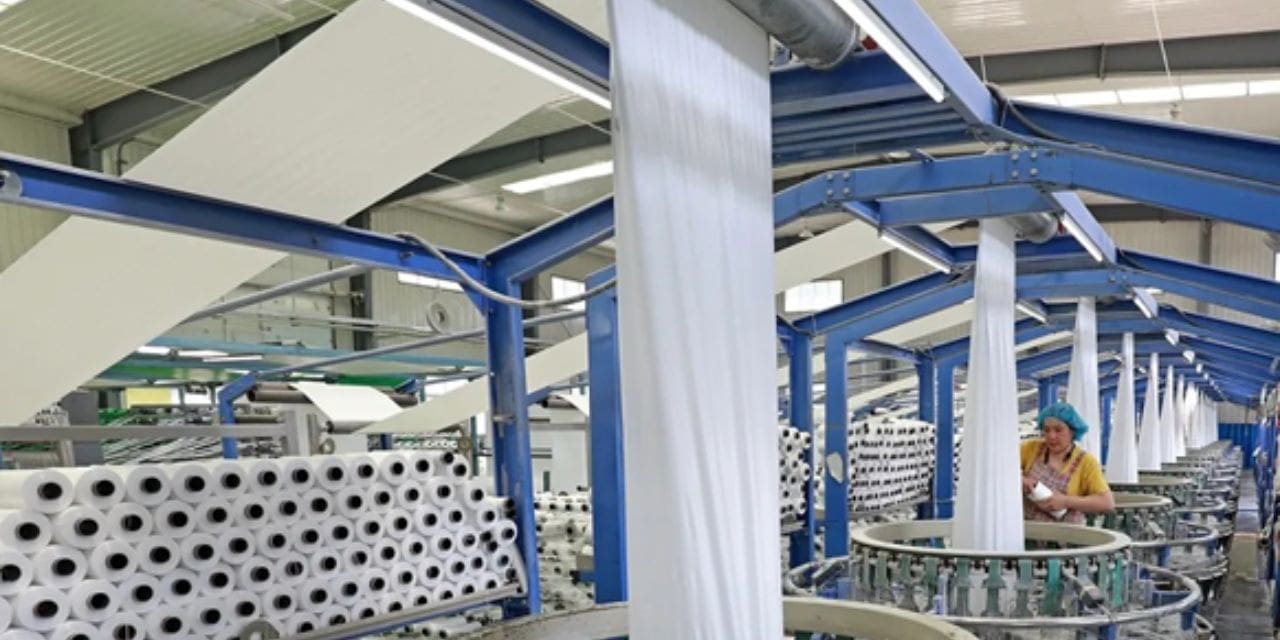Rapier jacquard weaving units in Surat, Gujarat, are reducing production by up to 80% to address a slowdown in domestic market demand. The decision was made by the Rapier Jacquard Weavers Association to assist units in managing the sluggish demand. The income tax act for micro and small enterprises is also impacting market demand due to a liquidity crunch and loss-making production obligations.
C. K. Maniya, president of the Rapier Jacquard Weavers Association of Surat, highlighted the challenges faced by weaving units due to weak demand. The prices of fabric for sarees and women’s garments have decreased by 30-40% in the last few months, impacting the market since February. Buyers are cautious about payment terms until March 2024, leading to a decrease in purchases from MSE sellers.
The speaker highlighted that despite the new payment rule, buyers are hesitant to make large purchases in the upcoming fiscal year, leading to decreased demand during the off-peak season from April to June. To address this issue, the association members agreed to limit their production to 20% of their capacity to align with market demand and prevent further price drops. Around 3,000 unit members will voluntarily reduce production, only producing fabric when they have orders or to meet expected demand in the future. This strategic approach aims to maintain a balance between production levels and market needs while ensuring fabric availability and preventing oversupply in the market.
Maniya emphasized the need for a gradual implementation of payment rules, citing the practice of credit ranging from 30 to 120 days in different markets. He cautioned against a sudden reduction to 45 days, as it could negatively impact industry growth. The current payment rule drains liquidity in the last quarter of a fiscal year, affecting production and sales targets. Additionally, the first quarter is marked by sluggish demand, further impacting industry sentiments.

